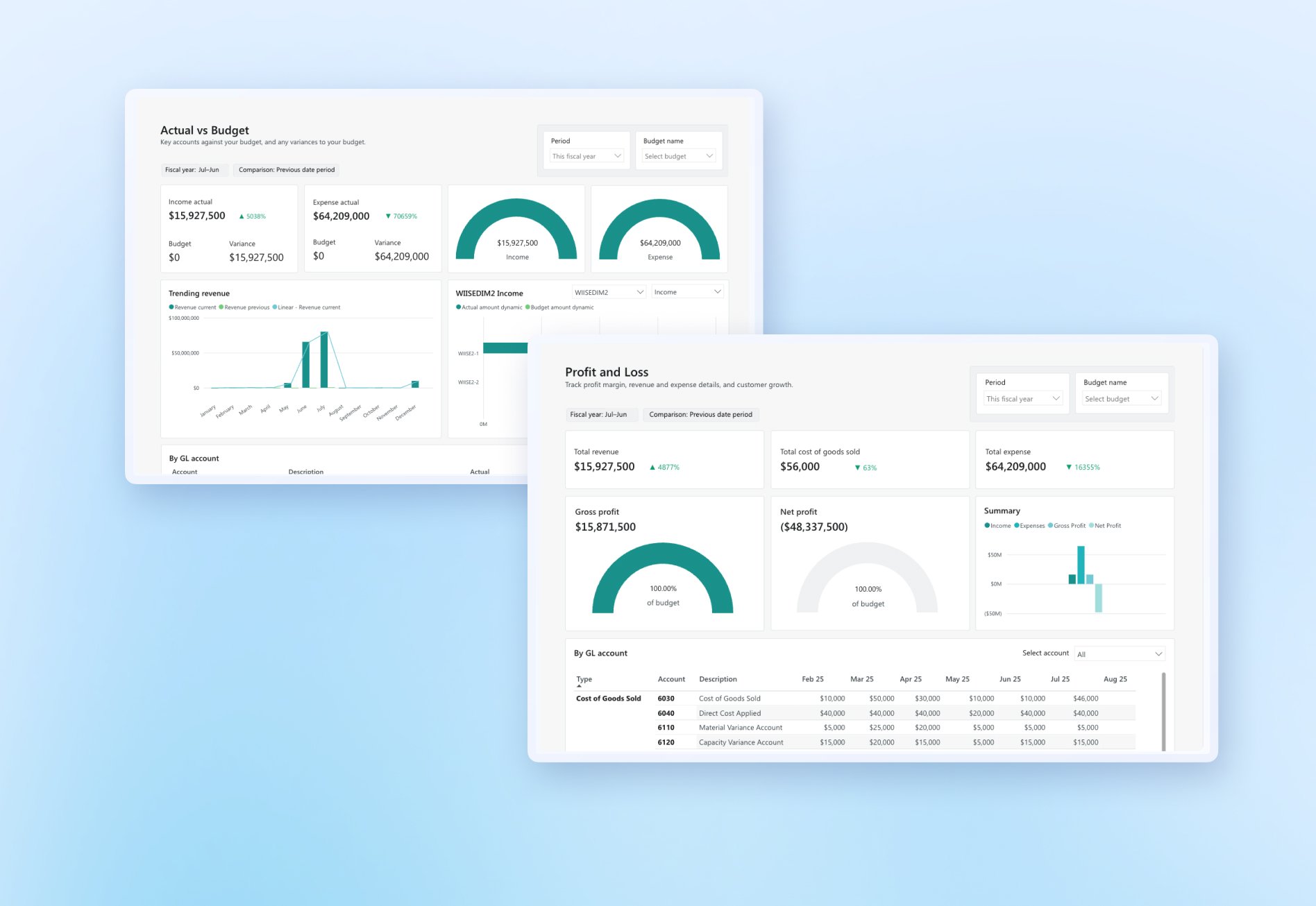This article first appeared here in Kochie's Business Builders.
10/06/21. Dunya Lindsey, CXO/COO, Wiise.
As we close this unpredictable and unusual 2020 financial year, many organisations are rethinking how they shape their strategies for the next financial year, and data has a big role to play writes Dunya Lindsey, COO/CXO Wiise.
What makes this particularly challenging is how the pandemic has rewritten the rules. Whether demand soared, businesses are bouncing back in the COVID recovery, or your company is vulnerable to unpredictable lockdowns, many organisations aren’t simply “back to normal” as we close this financial year.
Clearly, this makes financial planning and strategic decision-making a major challenge. Business data based on performance in wildly fluctuating conditions mean that your company’s historic data and trends may no longer be a good predictor of future performance.
Data allows you to have a flexible and adaptable approach
We know that organisations need data to plan effectively. But the traditional “set and forget” approach to annual budgeting no longer works in volatile markets and in conditions that can change rapidly. The answer is continual adaptation. Businesses need to be flexible and adaptable, able to quickly re-strategise, and pivot as the landscape shifts.
Making better, data-driven decisions
It’s a truism that insights into business performance – the ability to see rapidly what’s working and what isn’t – helps managers make more informed decisions. One MIT Sloan School of Management study of 330 US public companies, for example, found that data-driven businesses saw 4 per cent higher productivity and 6 per cent higher profits.
But in many cases, businesses simply don’t have or can’t access the data they need. Or they don’t use it throughout the year to manage the ongoing performance of the business. They use it to plan the next financial year’s strategy – often after a truly herculean manual effort to extract the data. They find the insights – then revisit it the following year, or quarterly. In the meantime, insights on opportunities for increased revenue or efficiencies are buried deep and unseen in systems. They are forgotten the hurly burly of day-to-day operations.
To respond better to rapidly changing market conditions and make data-driven decisions, businesses need an ongoing approach to data. This means real-time information that gives them the agility and responsiveness they need to thrive.
One recent McKinsey report observed that “the financial-planning process for 2021 presents an opportunity to turn hard-earned lessons from the COVID-19 pandemic into an enduring exercise in linking strategy to value.” Getting data allows organisations to identify what is generating value and adjust and adapt strategy accordingly.
The most critical data for businesses
Revenue is always front of mind, but the pandemic has shown how vulnerable SMBs can be to market shocks. Much of the time, businesses aim to increase revenue through deploying tactics: improve the quality of the product, or the training of their staff, and so on. A better approach is to use data to understand where the business is most fallible, and then deploy tactics to address these break-points.
Luckily, customer insights and data on the quality of your customers’ experiences can be found through a range of analytics, including sales data, marketing tools, operational systems, support tickets and so on. Financial data also helps to understand which customers are the most profitable, which pay quicker, who are the more lucrative ones to target.
But data is only as good as the insight you’re looking for. Before analysing any data, it’s important to understand what questions are needed to be answered. These might include: Which vendor does my business receive the best value from? Am I receiving enough ROI on marketing? How can my business improve its product? Am I targeting the right customers? The task then becomes finding the data and understanding the insight to move the business forward.
The best ways to find and manage data
Mining data can be a helpful but expensive and time-consuming process for any organisation. In today’s landscape, however, businesses can access a range of tools, software and apps to help. The most comprehensive of these are enterprise resource planning system (ERP), which bring all of the important processes of running a business into one system, including finance, supply chain, manufacturing, HR and more.
ERP software like Wiise allows businesses to use data and insights to make better informed strategic decisions. For example, through bringing together financial and operational data, ERPs can help them understand the true cost of sale for goods and services. Amid the COVID volatility and disrupted supply chains, many businesses had to manually re-calibrate their cost of sale only after receiving an invoice. This doesn’t permit sufficient agility or enable businesses to stay on top of cost inflation. ERPs can help automatically re-calibrate the cost of sale based on all of the shipping fees and goods, allowing pricing to be adjusted to protect the bottom line.
A few years ago, ERP software was only accessible to large enterprises who could afford the installation and maintenance fees of an on-premise solution, which had to be accessed from their office. Today, businesses of all sizes can take advance to the shift to cloud ERPs, which gives them the insights they need, even from their spare room or kitchen table.
Ultimately, ERP is a necessary infrastructure to support a business in the new economy. A 2018 study found that ERP implementation led to business process improvement for 95% of businesses, and most businesses realised ROI within 2.5 years. Post-pandemic, that’s likely to be even faster. For businesses looking to drive growth through the 2021-22 financial year, using the right technology to enable data-driven decision making will be key.
Dunya Lindsey, CXO/COO, Wiise.
This article first appeared here in Kochie's Business Builders.




